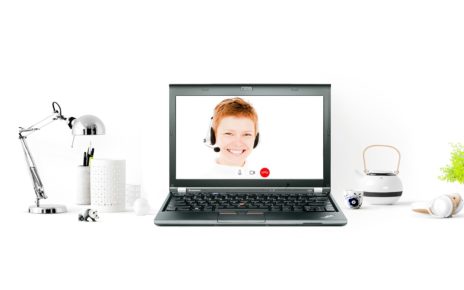Developers in the UI design and user experience design field keep on hearing interesting things on their role and what user interface or user design entails. If you have a bunch of questions about UI and UX in mind, this blog serves you well. Hopefully, it will help you understand these two roles better by listing out some misconceptions about the two fields:
1. UX and UI Are the Same Things
This is a common misconception and many developers out there are tired of answering it. Both are not mutually exclusive and they are not the same. You can’t work on user experience without considering UI and vice versa.
User experience is the end user’s interaction with the product or service of the company. User interface includes buttons, text fonts, visual hierarchy, color codes and other things that make the visual product perception.
2. UX and UI Are All About Digital Stuff
User experience is not exclusive to digital design. The truth is, no matter what type of discipline it is, it involves some kind of experience. So you can’t say that user experience is about digital products only.
Similarly, the design does not start or end at the edge of the screen of the user. It is not a layer or a component of a particular product or service. It is an experience and an interactive process of the entire product cycle.
3. UI and UX is About the Users
To some extent, it is true that throughout the entire design process, users are getting the most attention. Why not since design involves understanding the needs of the user, their pains, goals, building user persona, planning user journey, and more. This makes it sounds like the job of the designer is to meet user expectations and bring them joy when they use the product.
For a UX design to meet the goals and objectives, the process starts with understanding the vision of the product. This information includes why have this product from a business perspective, what target market to consider, the issues the product can solve, and so on. So, user experience doesn’t just revolve around the user.
4. Design is Optional to Have
Many people are in the disbelief that design comes after the important stuff. Well, the design is just as important as other stuff such as defining business goals, designing a marketing strategy, product requirement, development resources, and more. Design is never an option. It is a must-have thing if you would like to succeed.
If there’s no UI or UX, the design will struggle to solve user problems as well as business problems. Can you imagine an interior designer building the interior of a home without understanding the functional and aesthetic needs of the client? If such a building is designed, the outcome won’t be satisfactory. In fact, the client might request several iterations to achieve the outcome.
5. Only Designers Are Mandatory Not UX Specialists
UI design matters but so does UX experience. A design centric-environment can lead to a visually stunning design no doubt but what about user experience? If you consider UX specialists as a non-essential part of our team, you will be ignoring the user focus you desire.
UI and UX designers are two different people. The main difference between the two is that the designers tend to think in terms of creativity driven by the client whereas the UX specialists think in terms of user-driven decision making. That’s why it makes sense to have a UX specialist on your team from the very start.
The designer is responsible for developing the face of a product whereas a UX specialist performs market research, reviews the market analysis, conducts interviews, gathers feedback via surveys, approves the storyboard, and more. The purpose of gathering this information is to create an excellent overall experience.
The UX specialist could be an individual who has expertise in various fields. On the other hand, it could also be a group of specialists belonging to different areas like product management, marketing story writing and more.
6. The UI needs to be Minimal
Minimalism is a trend in all types of designs these days. However, the main goal shouldn’t always be crafting a minimal UI. Everything does not work with a minimal user interface. Designers shouldn’t be manically addicted to the idea of minimalism. The main goal of simplicity in UI design is to make the purpose of what you are building more clear.
7. Users Don’t Scroll
One of the most miss-leading things to believe is that people don’t scroll. Yes, the important information should be placed on the top of the page but to make sure people scroll, there are several design principles that you can add to make the content interesting.
People scroll and they scroll till the bottom of the page. There was a time when people didn’t scroll. Now that social media is an important part of our lives, it hasn’t just given us freedom of speech and connect with others but the freedom to scroll. That’s why today’s digital users are habitual of scrolling. Therefore, you should hesitate from creating a web page that includes scrolling.
8. Design Means Looking Good
In general, when people think about the meaning of the design, they define it to be something visually elegant and attractive. Design is assumed as decoration. Ask a designer and they would tell you a whole different meaning of design.
In reality, design is how it works and operates rather than how it looks and feels. The UX designing shouldn’t just be visually attractive, it must also be functional and useful.
The aim of a great design is not to look good but to solve problems. The design is based on the comprehension of how users see the world, how they behave, what emotions they feel, etc. It is not about fonts and colors only.
Conclusion
We hope this blog serves as a myth-busting adventure. Now that you have debunked so many myths and misconceptions about UI design and UX, you would be able to make better decisions about your digital product (website or mobile app).



